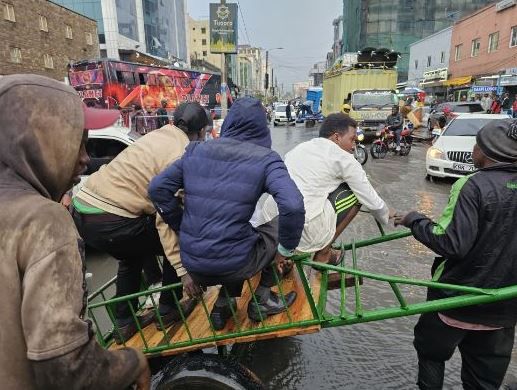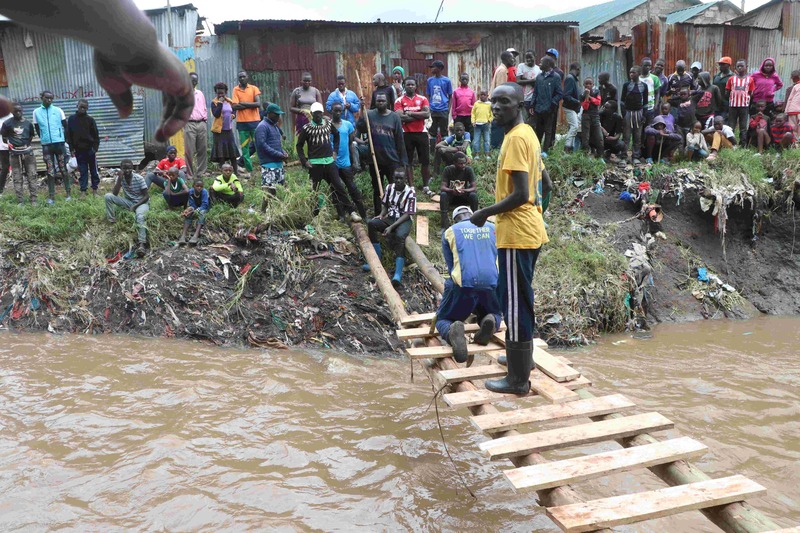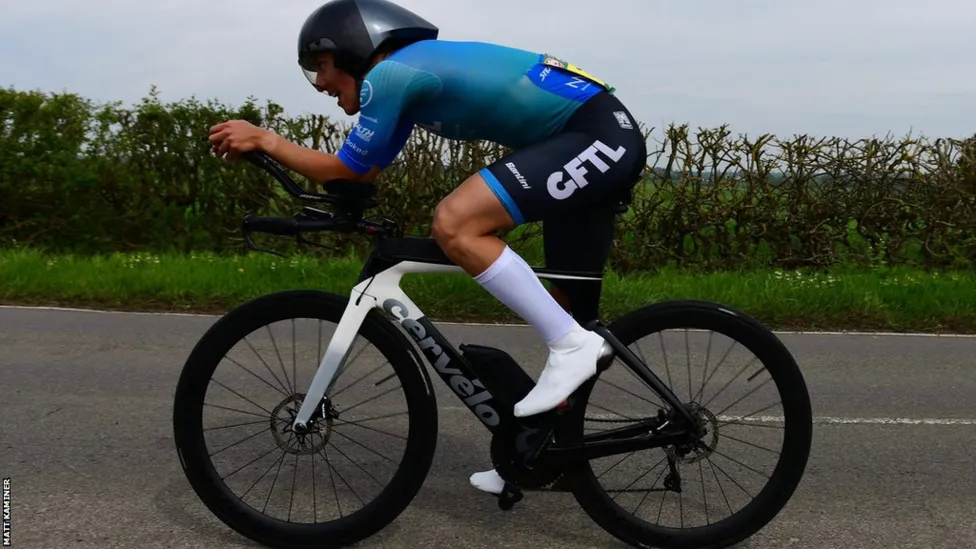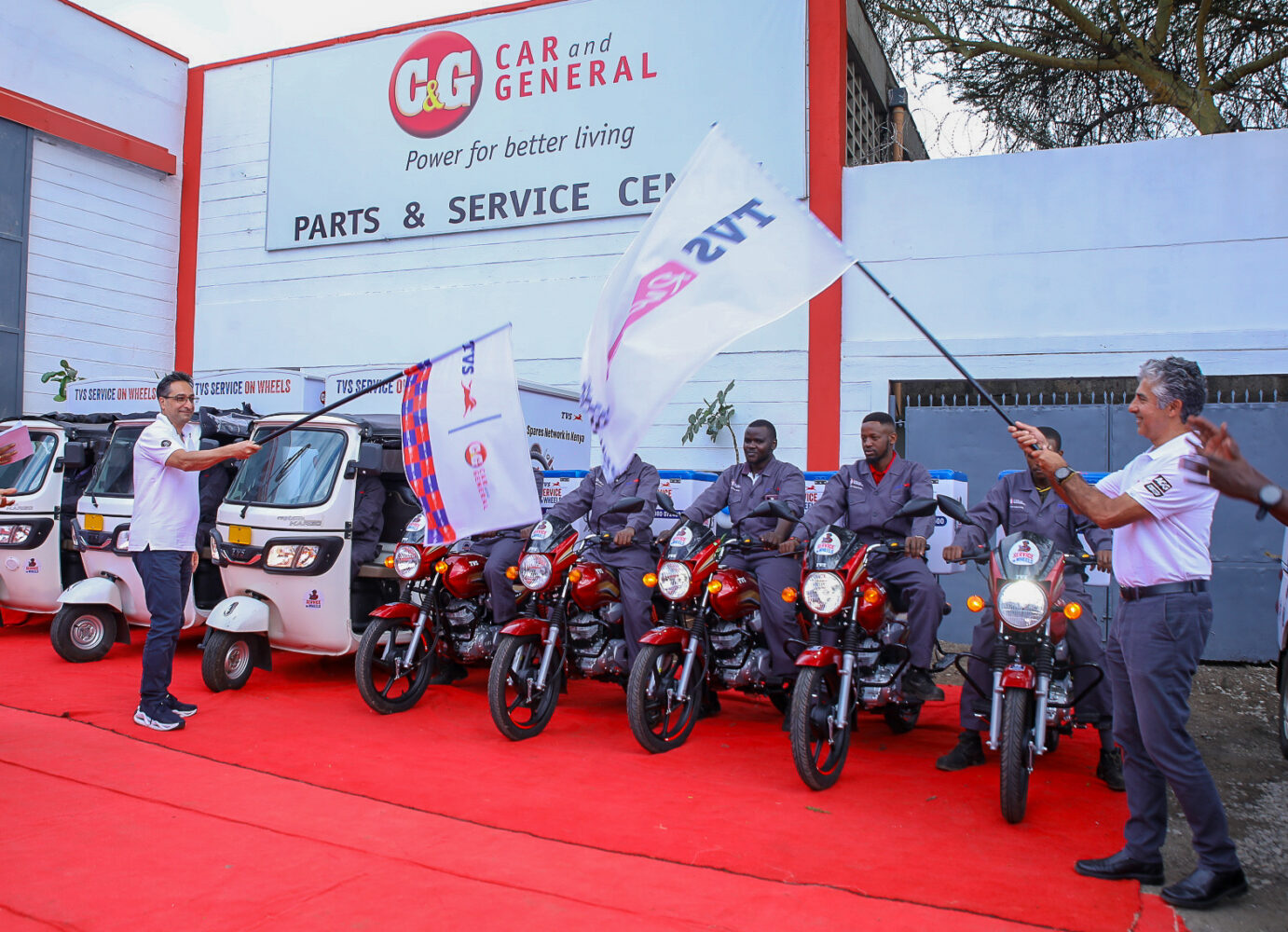Nairobi residents have began to experience the wrath of perennial floods in the city, with the Kenya Meteorological Department issuing a caution that several areas in the country, Nairobi included, will receive heavy rains.
The rains that pounded several parts of the city on Friday, October 3 were not any different, with Nairobians having to deal with blocked drainage systems, flooded roads and difficulty in movement.
Nairobi County Environment Chief Officer Geoffrey Mosiria took time to explain why the city is experiencing these floods, blaming the residents of carelessness when using laid down infrastructure, especiall drainage systems.
The rage was real across social media, with some saying that an aerial photo of the city after the rains would make it resemble a sea with buildings emerging from the waters and a few patches of land visible, a dim shadow of the thriving metropolis and the capital city of Eastern and Central Africa’s largest economy.
But as Govenor Johnson Sakaja’s administration faced the rage of frustrated city residents, a section of city dwellers were ready to turn the menace into an opportunity to make money.
Matatu operators hiked fares and drivers of cab service apps requested more than what is listed in the app.
Here are some of the ways that enterprising city dwellers turn the rains and the floods into an opportunity to make extra money.
Carrying people across flooded roads: Some carry people on their backs or use handcarts across flooded streets at a small fee, ranging from Sh10 to Sh50, depending on the distance and the severity of the flooding situation.

Constructing temporary bridges: In the central business district, a group of men creatively constructs bridges using trolleys or other materials, charging pedestrians a small fee to cross flooded paths safely.

Assisting stranded vehicles: Flooding often stops vehicles or causes breakdowns. Young men and motorcycle riders offer assistance to push or tow stranded cars, charging for the services before professional help arrives.
Hawking weather-related items: Traffic jams increase the time hawkers have with commuters. They may sell items in high demand during rainy periods, like umbrellas, warm clothing, gumboots, and other necessities, benefiting from the increased prices.
These creative approaches demonstrate how residents turn recurrent flooding challenges into short-term economic opportunities, highlighting resilience and entrepreneurship in Nairobi’s informal economy.










